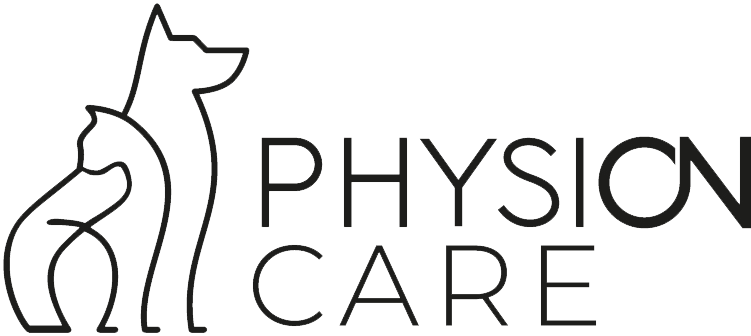Targeted Pre- and Postoperative Rehabilitation: The Key to a Fast and Successful Recovery
- PhysiON Care

- Jun 25
- 2 min read
Everyone knows that physiotherapy plays a crucial role after orthopedic surgery—but what happens before the procedure? Many underestimate the importance of well-planned preoperative rehabilitation. Thoughtful physiotherapeutic support before and after surgery can significantly accelerate healing, reduce pain, and prevent long-term complications.

Preoperative Physiotherapy – The Optimal Preparation for Surgery
An orthopedic operation presents significant challenges to the body. However, targeted physiotherapy measures prior to the procedure can significantly improve the healing phase.
Benefits of Preoperative Physiotherapy:
Maintaining Muscle Strength: Pre-existing muscle weakness can be reduced through targeted exercises before surgery, allowing the body to recover more quickly post-operation.
Enhancing Circulation and Mobility: Mobilization exercises and gentle massages improve the supply of tissue and prepare it optimally for surgery.
Reducing Pain and Tension: Protective postures often lead to muscle tightness. Physiotherapeutic measures can relieve these tensions, minimizing postoperative discomfort.
When Should Preoperative Therapy Begin?
Ideally, physiotherapy should begin several weeks or at least days before the scheduled procedure. Your veterinarian or animal physiotherapist can determine the optimal timing.
Postoperative Rehabilitation – The Path Back to Full Mobility
After surgery, the healing process begins – and structured physical therapy is crucial for complete recovery. A well-planned rehabilitation program goes through several phases:
Why is Rehabilitation After Surgery so Important?
During surgery, tissue trauma can occur, leading to inflammation, pain, and muscle loss. Postoperative healing can be supported through a tailored physiotherapeutic approach:
1. Early Phase: Pain Relief and Anti-Inflammatory Measures
Immediately after surgery, pain control and swelling reduction take priority. Cooling techniques, gentle massages, and lymphatic drainage support this process and promote healing.
2. Stabilization and Muscle Strengthening
Around two weeks post-operation, muscle strengthening begins through isometric exercises and balance training, stabilizing the affected area.
3. Mobility and Coordination Training
Three to five weeks after surgery, training is intensified. Targeted exercises help restore natural mobility and prevent incorrect posture.
4. Increased Strength and Endurance Enhancement
In the final phase, the body's resilience is further improved. Targeted strength and coordination exercises ensures that mobility is maintained over the long term.
Individual therapy for Optimal Results
Every patient is unique – and so should their physiotherapy support. At PhysiON Care, we develop customized rehabilitation plans to promote a fast and effective recovery.
Visit Services | PhysiON Care to learn more about our individual therapy approaches.




Comments